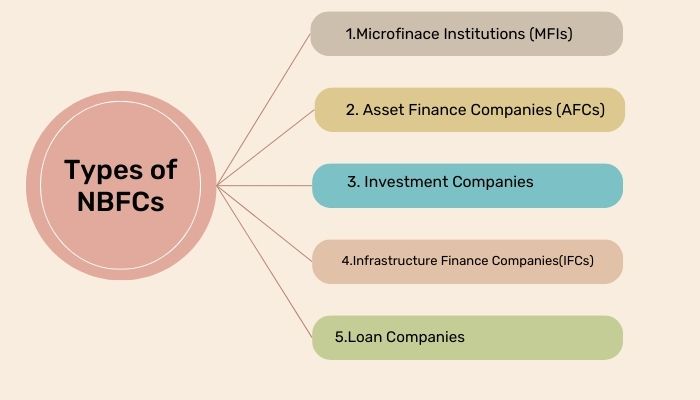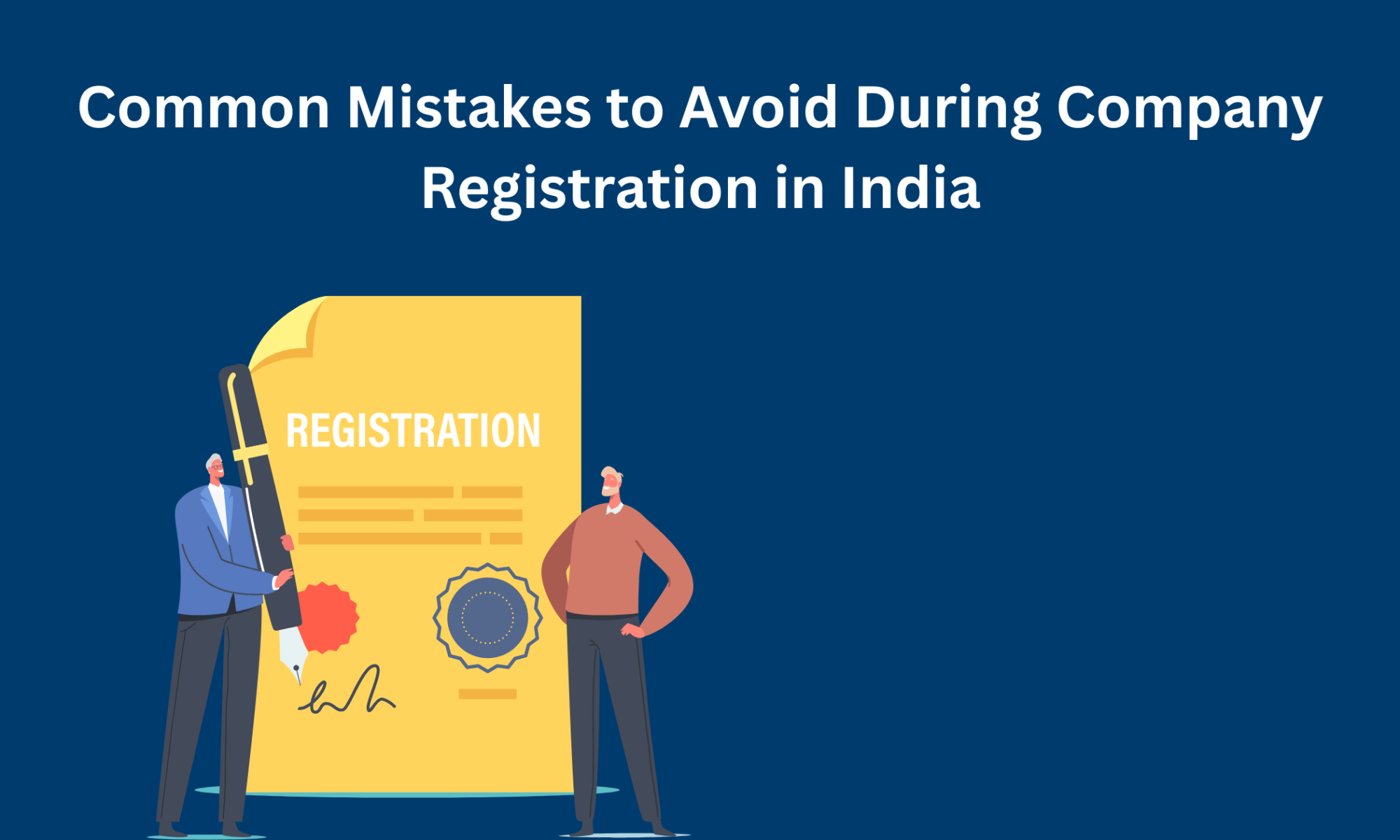Alternative Investment Funds (AIFs) have emerged as a powerful force in India’s financial landscape, offering investors diversified opportunities beyond traditional instruments. As the sector matures, recent regulatory changes by SEBI (Securities and Exchange Board of India) are significantly shaping the future of AIFs in India.
For fund managers, startups, HNIs, and institutional investors, understanding the implications of these regulations is essential. Whether you’re an established fund house or an emerging manager exploring Online AIF Registration in India, staying ahead of compliance updates can make or break your strategy.
What Are AIFs and Why Are They Important?
Alternative Investment Funds (AIFs) are pooled investment vehicles that invest in assets ranging from private equity, venture capital, hedge funds, real estate, and more. AIFs are classified into three categories under SEBI regulations:
- Category I: Venture capital, SME, infrastructure funds
- Category II: Private equity, debt funds
- Category III: Hedge funds, complex strategies
With increased demand for tailored investment strategies and risk diversification, the Alternative Investment Fund Registration in India has seen a consistent rise year over year.
Recent Regulatory Changes Affecting AIFs
SEBI has introduced several amendments aimed at increasing transparency, investor protection, and systemic risk management. Key changes include:
1. Stringent Disclosure Requirements
Fund managers must now provide detailed disclosures on portfolio composition, valuations, and risks. These changes require robust internal systems and compliance reporting.
2. Eligibility Norms for Managers and Sponsors
The updated guidelines emphasize managerial competence, requiring fund managers to demonstrate industry experience and maintain adequate capital reserves.
3. Curtailment of Leveraging in Category III AIFs
Category III AIFs now face tighter restrictions on borrowing and leverage, aimed at minimizing systemic risk.
4. Mandatory Trustee and Custodian Appointments
SEBI has enforced rules around independent custodians and trustees to enhance asset protection and reduce conflicts of interest.
The Shift Toward Online AIF Registration in India
Navigating these regulations can seem complex, especially for new entrants. Fortunately, the move toward AIF Registration Online in India has simplified the process for many fund managers and sponsors. The digital shift enables:
- Faster submission and document review
- Transparent tracking of application status
- Streamlined communication with SEBI
For firms aiming to launch a fund quickly, Online Alternative Investment Fund Registration in India has become the preferred approach.
Role of an AIF Registration Consultant
With growing regulatory complexities, hiring an expert AIF Registration Consultant is becoming a strategic necessity. These consultants:
- Guide through eligibility assessment
- Prepare compliance-ready documentation
- Liaise with SEBI on your behalf
- Reduce processing delays and increase approval success rates
Whether you’re navigating new disclosure mandates or assessing Category II fund structures, a qualified consultant ensures that your registration process is efficient and compliant.
Future Outlook: Regulation as a Growth Enabler
While increased compliance might seem burdensome at first glance, SEBI’s evolving regulatory framework is designed to enhance investor confidence and global competitiveness. By improving governance standards, India’s AIF ecosystem becomes more attractive to foreign institutional investors, family offices, and wealth managers.
Additionally, digitization through AIF Registration Online in India opens the door for more agile and tech-savvy fund managers to enter the market, driving innovation in fund management strategies.
Final Thoughts
The future of AIFs in India is promising—but only for those who stay compliant, agile, and informed. With the SEBI guidelines becoming more robust, adapting to these changes is not just a legal necessity, but a strategic advantage.
Whether you’re exploring Alternative Investment Fund Registration in India for the first time or expanding your fund offerings, consider consulting a professional for Online Alternative Investment Fund Registration in India. A smooth registration today could lead to exponential returns tomorrow.










